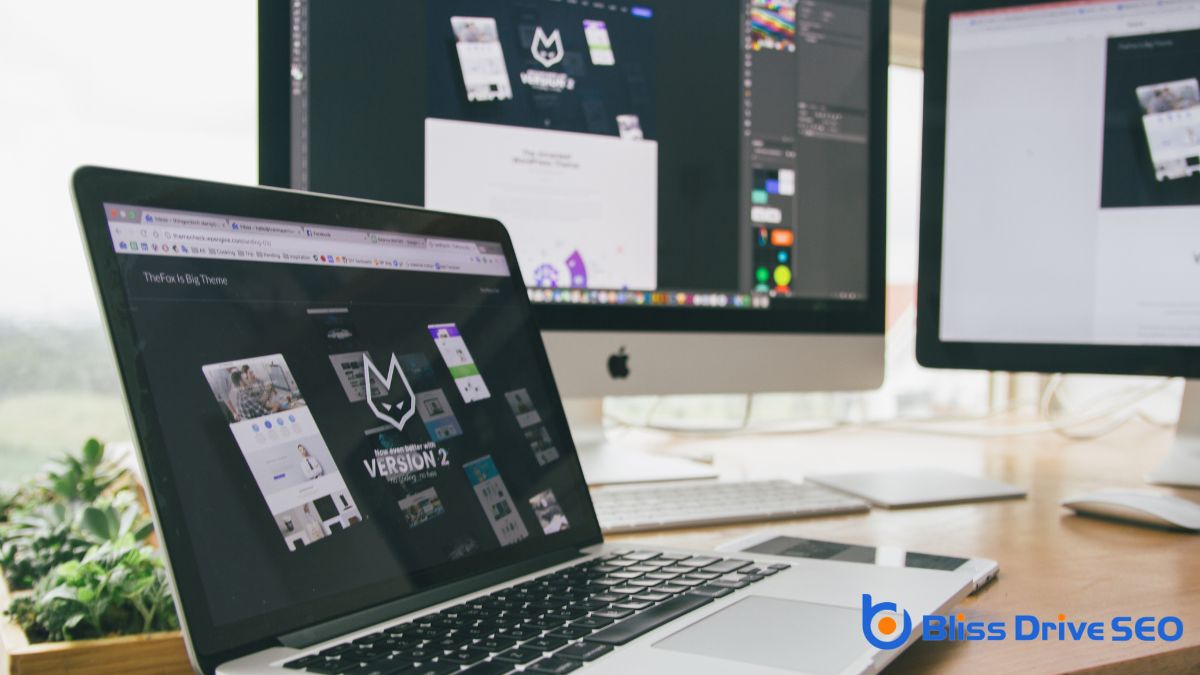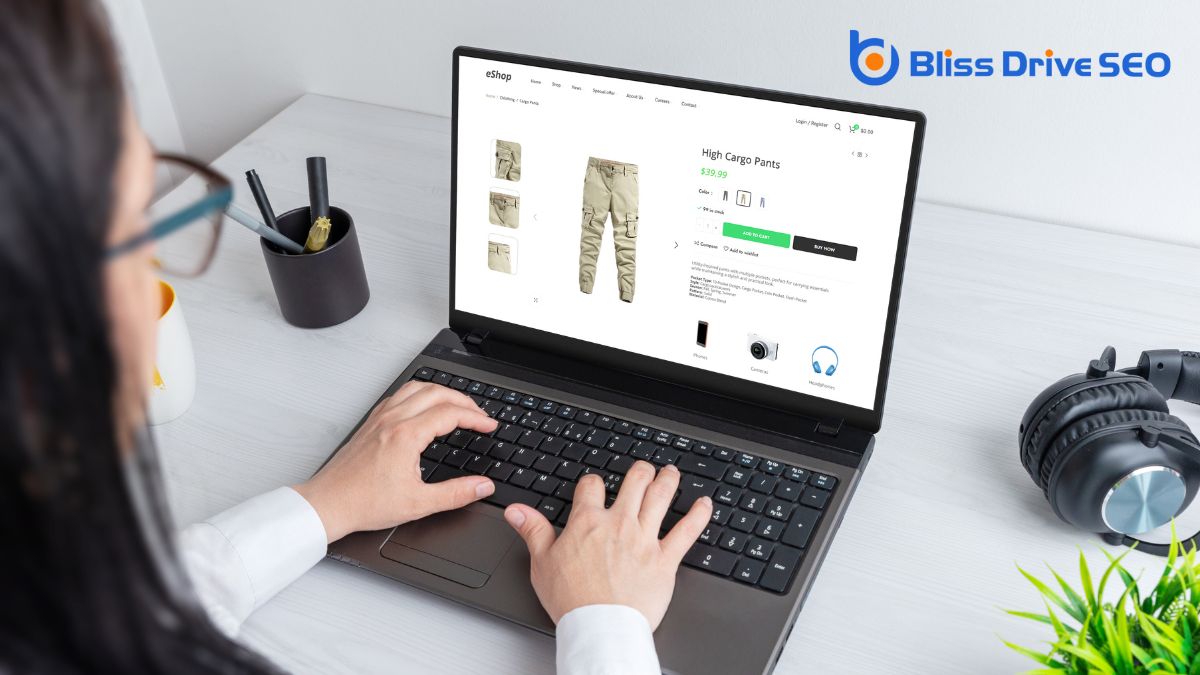Digital Marketing Services
Learn More About Us

You've probably wondered if you can design a website yourself without hiring a professional. With countless user-friendly platforms available, it's easier than ever to take on this task. But before you jump in, it's vital to understand what goes into creating an effective website. From selecting the right tools to ensuring your design aligns with your goals, the process requires careful consideration. What are the essential features you can't afford to overlook? And how do you know when your site is ready to launch? Let's explore these questions and more.

Why is it essential to understand your website goals before diving into design? When you know what you want your website to achieve, you can make informed decisions that guide every aspect of its creation.
Imagine starting a journey without a destination; you'd likely waste time and resources. Knowing your goals helps you define your website's purpose, whether it's to inform, entertain, sell, or engage.
You need to ask yourself key questions: What's the main action you want visitors to take? Are you looking to increase brand awarenessThe extent to which consumers are familiar with the qualities or image of a particular brand. or generate leads? Your answers will shape the structure and content of your site.
By having clear goals, you can prioritize elements that directly contribute to achieving them. For instance, if your primary goal is to sell products, a seamless checkout process and engaging product pages are vital.
Understanding your goals also helps in measuring success. You'll be able to set specific, measurable objectives and track your progress.
Whether it's through increased traffic, engagementThe interactions that users have with a brand’s content on social media., or sales, knowing your goals allows you to evaluate your website's performance and make necessary adjustments.
With your website goals clearly defined, the next step is selecting the right tools to bring your vision to life. Choosing the right tools can make a significant difference in how effectively and efficiently you create your website.
First, consider what kind of website you want to build. Do you need a simple blog, an online store, or a more complex site? Understanding this will guide your choice of tools.
There are several user-friendly platforms that can help you design your website without needing advanced technical skills. Consider these options:
Each tool has its strengths and weaknesses, so weigh your needs and budget.
How do you begin crafting your site's design with creativity and purpose? Start by envisioning the overall look and feel you want to convey. Consider your audience and what'll appeal to them. Sketch out a basic layout, focusing on elements like color schemes, typography, and imagery. This initial blueprint helps you visualize the end product and guarantees you stay aligned with your goals.
Next, think about consistency. Consistent design elements, such as fonts and colors, create a cohesive experience. Choose a color palette that reflects your brand's personality and enhances readability. Typography should be legible and match the tone of your content. Pairing fonts thoughtfully can add visual interest without overwhelming the reader.
Incorporate whitespace strategically to avoid clutter. Whitespace gives your content room to breathe, making it easier for users to navigate. It also draws attention to key elements, enhancing the overall user experience.
Finally, confirm your design is responsive. With the variety of devices people use today, your site must adapt to different screen sizes. Use flexible grids and scalable images to maintain a seamless look across devices. This approach guarantees your website remains accessible and engaging for all users.
Once you've crafted a visually appealing design, it's time to focus on building the features that make your website functional and engaging.
Think of these features as the backbone of your site, guaranteeing visitors can navigate smoothly and find what they need. Start by considering the essential elements that users expect and appreciate.

Before you launch your website, it's essential to rigorously test its functionality and performance to guarantee a smooth user experience.
Begin by checking all links to verify they direct users to the correct pages. Broken links can frustrate visitors and damage your site's credibility.
Test your website on different devices and browsers to confirm compatibility and responsiveness. This step is important as users will access your site from a variety of platforms.
Next, verify that all forms, such as contact or subscription forms, are working correctly. Submit test entries to confirm they're processed and received as expected.
Don't forget to check the loading speed of your pages; slow-loading pages can drive users away. Tools like Google PageSpeed Insights can help you optimize your site's performance.
Once testing is complete, it's time to launch. Choose a reliable web hosting service that suits your needs.
Before going live, back up your site to prevent any data loss during the shift and inform your audience about the launch through social media or email newsletters.
After launching, continue to monitor your site's performance and gather user feedback for future improvements.
Absolutely, you can design a website yourself by leveraging platforms like Wix, Squarespace, or WordPress. Start by clearly defining your website goals and choosing the right tools that align with them. Focus on crafting a design that reflects your vision and integrates essential features to enhance user experience. Once you're satisfied, thoroughly test your site to ensure everything works smoothly. With dedication and creativity, you can successfully launch a website that resonates with your audience.
